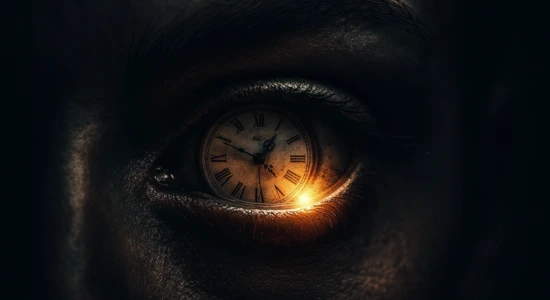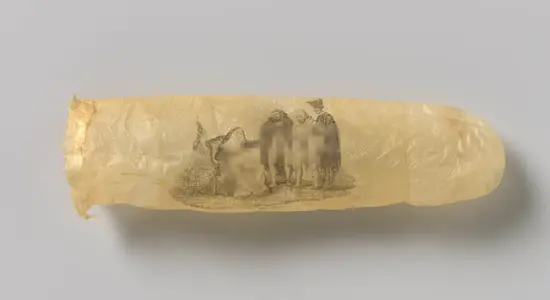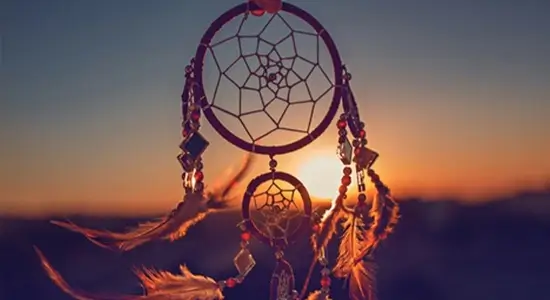
If mentioning the amulet and culture of Indians Many people will be reminded Dreamcatchers or a dream catcher in the first place because it is widespread all over the world which is really the origin Comes from a tribe of Indians called Ojibwe or some information will use the name Chippewa, Achipoes, Chepeway, Chippeway, which is one of the original tribes of America or is often referred to as the Red Indians. Currently, this tribe still has a residence in America. and has a population of over 200,000 and more than 22 communities spread across the states.
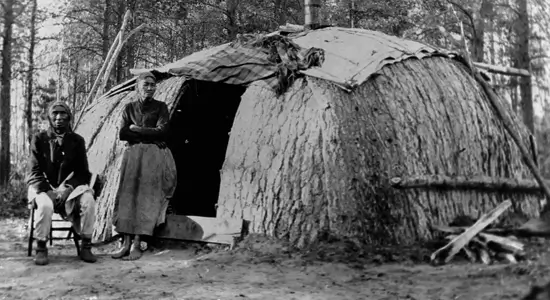
If anyone ever followed up on information about the Indian tribes It is probably enough to know that this red Indian tribe is considered a bigger tribes than other red tribes and is quite modern, has the power to negotiate with the American government. as well as having religious beliefs in their own way Although some of the population is Christian. But most still respect their own religion, Midewiwin, also known as the Ojibwe religion. will focus on the matter of nature Living in harmony with nature, honoring elders and keeping the contract and prefer to live in the traditional way Especially in terms of using local wisdom. and various ritual beliefs
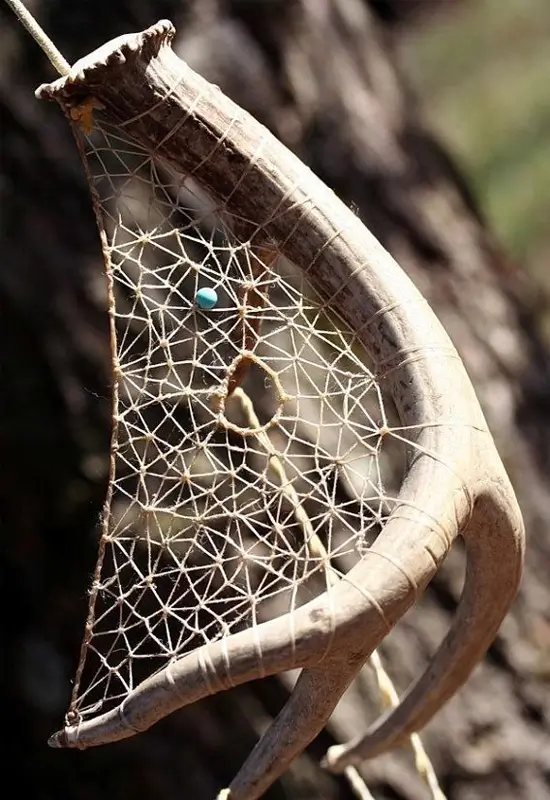
Dreamcatchers Original protection comes from spider webs.
form of amulet Dreamcatchers It is commonly seen that the prototype is made from a spider’s web. Prototype of the original Dreamcatcher. It looks like a spider’s web. There must be 8 rope knots connected to each other. and there will be a feather in the middle According to the traditional belief in making this type of amulet is to protect the protection of a new born baby and chasing nightmares as well as bringing light into the mind while asleep The original shape was not circular as it is seen today. It can be any shape but must have 8 knots and a feather in the middle. knitting patterns with tendons attached to willow wood
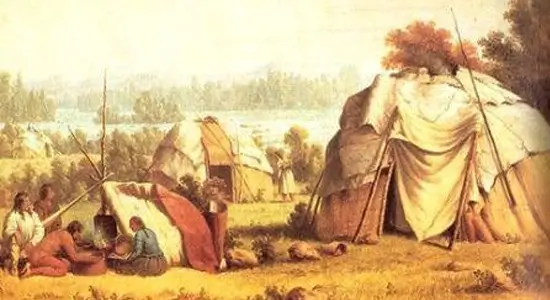
According to Ojibwe tribes, this amulet is hung on a baby’s cradle. so that they have good dreams and ancestral spirits protect them, and the Ojibwe people also believe in protection from spiders. because they believe The female spider is the guardian of the young. as well as caring for its own children. and in later eras Dreamcatchers It became a talisman known to people around the world in the name of a dream catcher and has a popular word that may be different from the original history. The appearance of the amulet is designed to be beautiful and interesting. And become a craft or handicraft, with the use of decorative materials in many ways according to design ideas. There may be other amulets added such as lucky stones or the use of materials to add beauty.
- Friday the 13th, a day of unlucky and full of mystery, is it true?
- Immortal jellyfish and the secret to escape death that humans want to know.
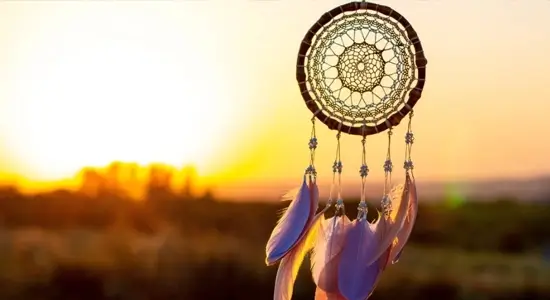
Dreamcatchers Dreamcatchers Is it just a ploy or a talisman?
If you look at it from another angle Many people have an interesting question that In fact, is this kind of amulet really protected according to the beliefs of the ancient Indians? Or is it just a ploy like other cultures around the world? who often have stories, have amulets according to their own beliefs But when looking at the way of life and what happens, those charms are like everyday necessities. It’s like hanging things. Be the center of attention for babies. was watching and not crying It’s like hanging toys on a crib in modern times.

But no matter what the meaning of Dreamcatcher is In modern times, this belief It is still ongoing. There are still many people who like and bring the dreamcatcher as a home decoration, both small and large, hanging on the window or hanging on the wall. It is also a handmade work that can be made by yourself or not. can be sold at a fairly high price if there is an interesting pattern and material used and is often popular with bohemian culture Even though they are not related at all. But it may be because there are some symbols that are similar, such as feathers, etc. It is considered that this type of amulet is something that is still contemporary even though it has been interpreted and used differently.


